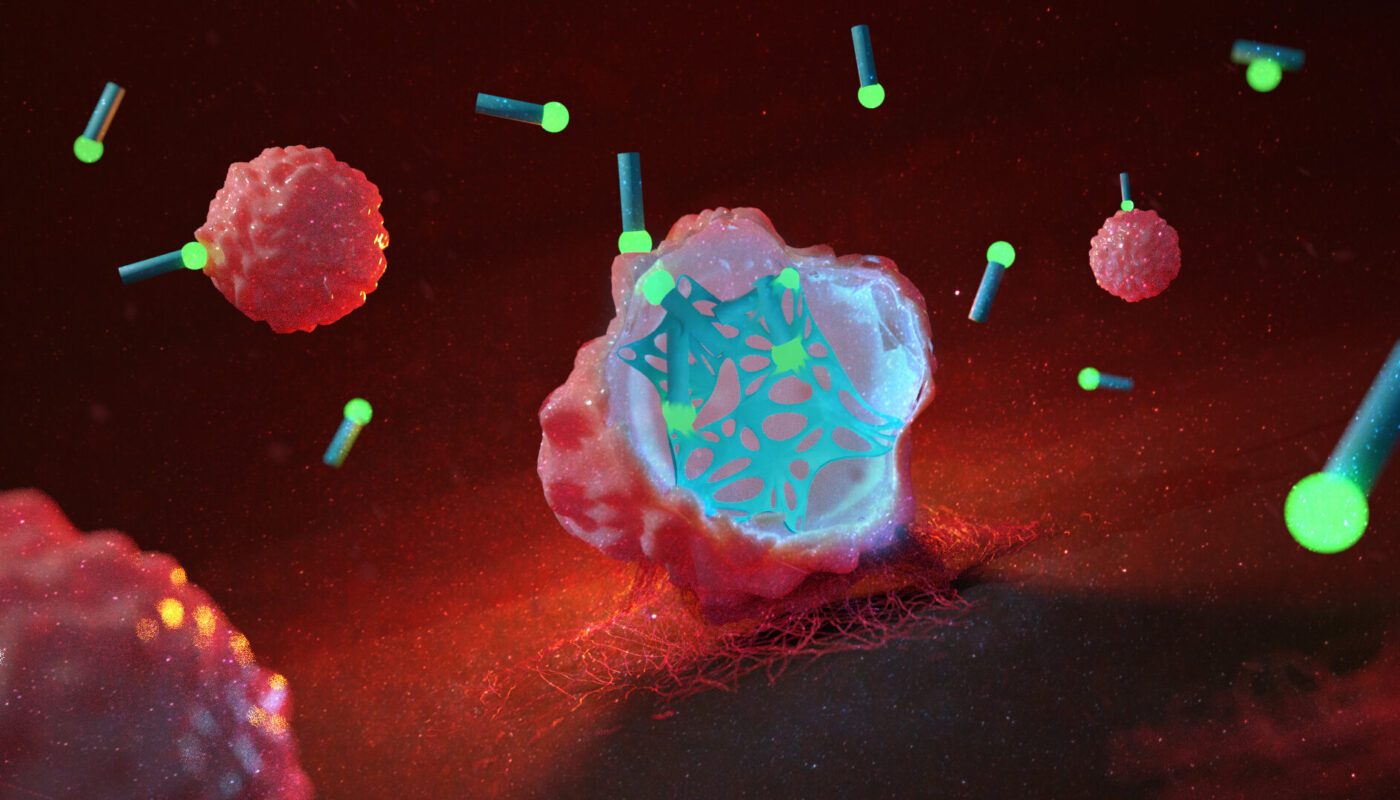In a recent research paper titled “Osteopontin Induces Mitochondrial Biogenesis in Deadherent Cancer Cells,” published in Oncotarget, scientists from the University of Cincinnati’s James L. Winkle College of Pharmacy have made a significant discovery about the connection between metastatic cancer cells’ unique metabolism and their ability to generate ATP.
Metastasizing cells exhibit a distinct metabolic pattern that differs from the well-known Warburg effect observed in primary tumors. While primary tumors predominantly rely on oxidative phosphorylation for ATP generation, metastatic cells require mitochondrial biogenesis to thrive over a longer period. Until now, it has remained unclear whether these two metabolic phenomena are interlinked.
The researchers, Gulimirerouzi Fnu and Georg F. Weber, proposed that Osteopontin splice variants, which enhance ATP levels in deadherent cells, may also stimulate mitochondrial mass growth through the same signaling pathways. Specifically, Osteopontin-c, when combined with its receptor CD44v, upregulates and co-ligates with the chloride-dependent cystine-glutamate transporter SLC7A11 to achieve this effect. This signaling process leads to the activation of PGC-1, a known inducer of mitochondrial biogenesis, which acts as a transcription coactivator. Surprisingly, the researchers found that peroxide, an important intermediate in this cascade, acts upstream of PGC-1 and is likely produced as a result of SLC7A11 recruitment and activation. In vivo experiments showed that suppressing these biogenesis-inducing mechanisms reduces disseminated tumor mass.
The study establishes a functional connection between short-term oxidative metabolism and long-term mitochondrial biogenesis in cancer metastasis, both of which are initiated by Osteopontin-c. These findings could pave the way for the development of new treatment strategies to combat cancer metastasis, according to the authors.
The research conducted by Fnu and Weber sheds light on the complex relationship between cancer cell metabolism and the molecular mechanisms that influence metastatic success. By identifying Osteopontin-c as a key player in inducing mitochondrial biogenesis, the study provides a potential target for therapeutic interventions. Further investigation into this pathway could lead to the development of novel treatments to prevent or hinder cancer metastasis.
Understanding the metabolic adaptations of cancer cells during metastasis is crucial for developing effective treatment strategies. As cells spread from the primary tumor site to distant organs, their metabolic needs change to support their survival and growth. The ability of cancer cells to undergo mitochondrial biogenesis plays a vital role in this process. By targeting the Osteopontin-c signaling pathway, researchers may be able to disrupt this essential metabolic adaptation and inhibit cancer metastasis.
The findings from this study contribute to our understanding of cancer biology and suggest new avenues for therapeutic exploration. By focusing on the role of Osteopontin-c in inducing mitochondrial biogenesis, researchers may be able to develop targeted therapies that disrupt this process and prevent the spread of cancer. As further research is conducted, scientists may uncover additional molecular targets that can be exploited to improve the treatment outcomes for patients with metastatic cancer.
In conclusion, the study highlights the importance of Osteopontin-c in inducing mitochondrial biogenesis in deadherent cancer cells. The research provides valuable insight into the molecular mechanisms underlying cancer metastasis and presents potential targets for therapeutic interventions. By further investigating this pathway, scientists may find new ways to disrupt the metastatic process and improve patient outcomes.
*Note:
1. Source: Coherent Market Insights, Public sources, Desk research
2. We have leveraged AI tools to mine information and compile it




